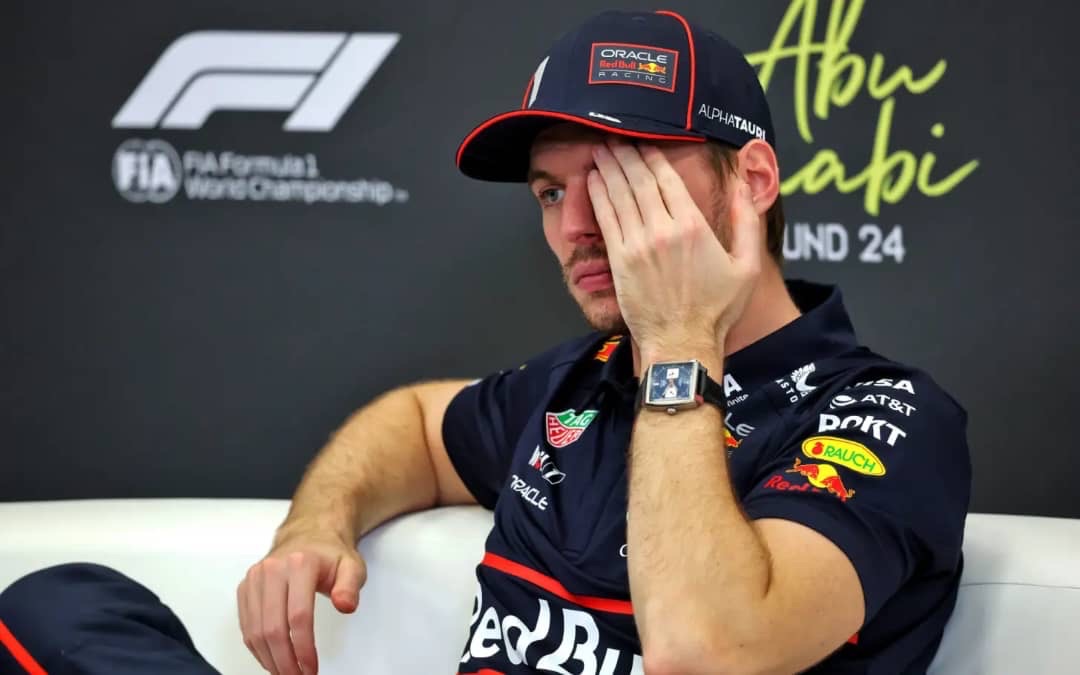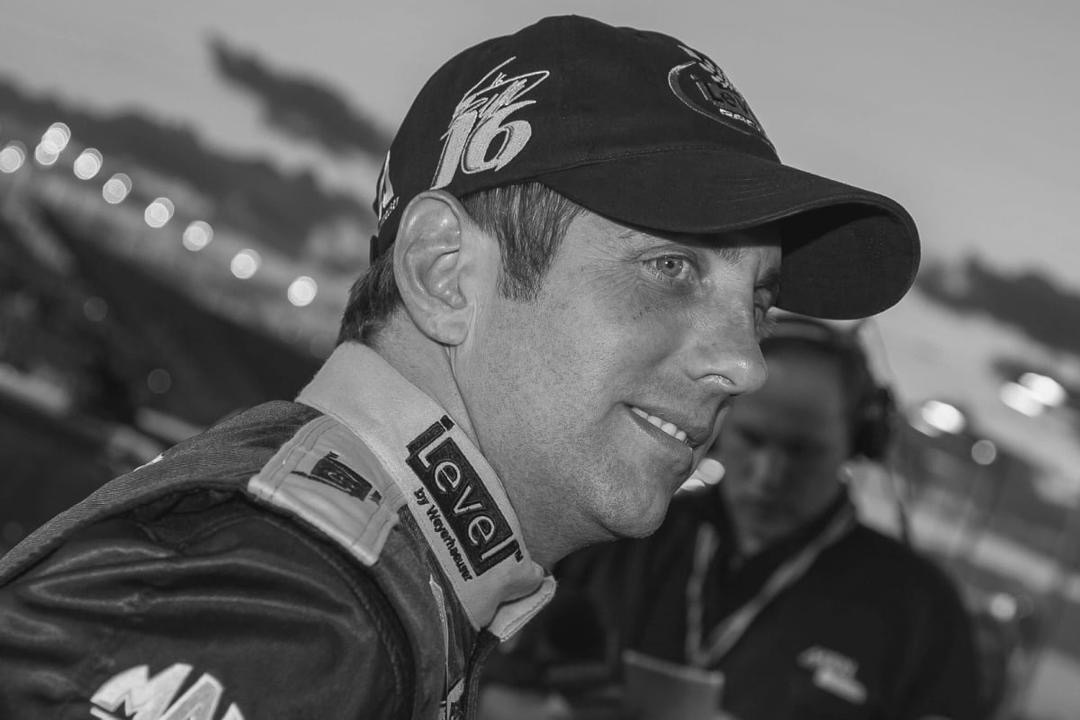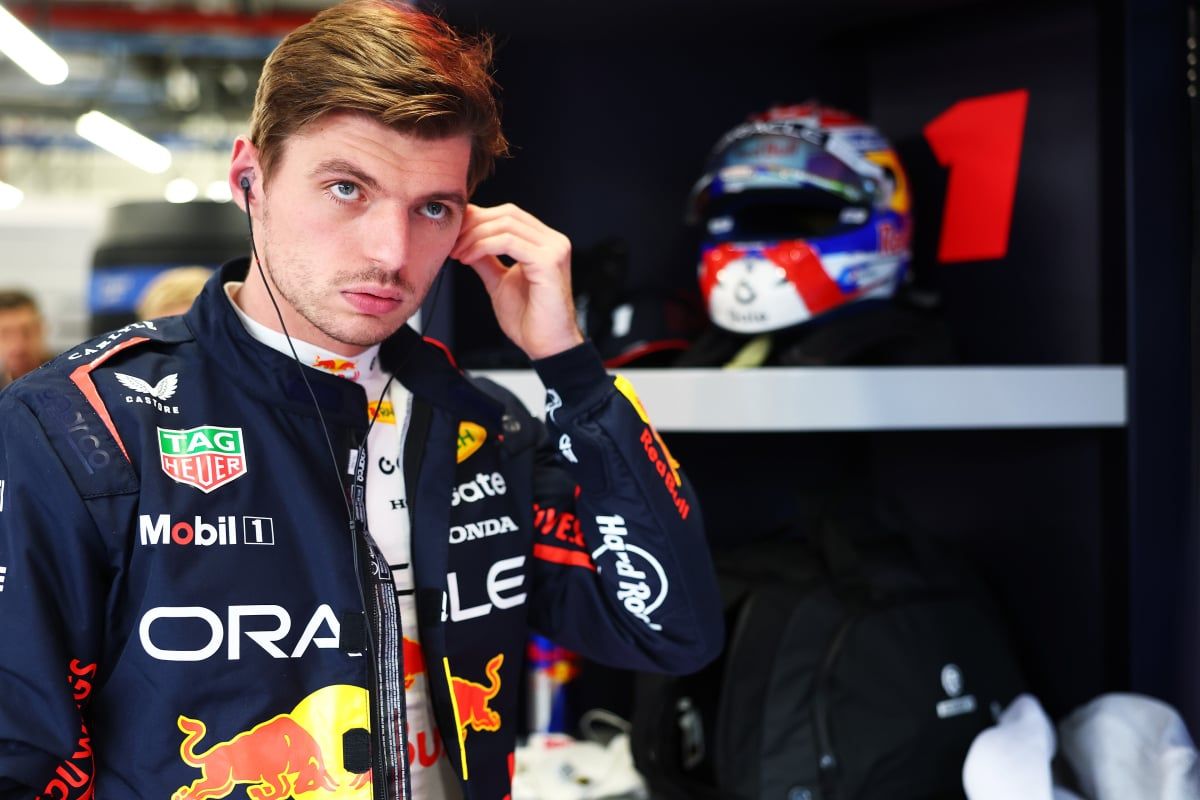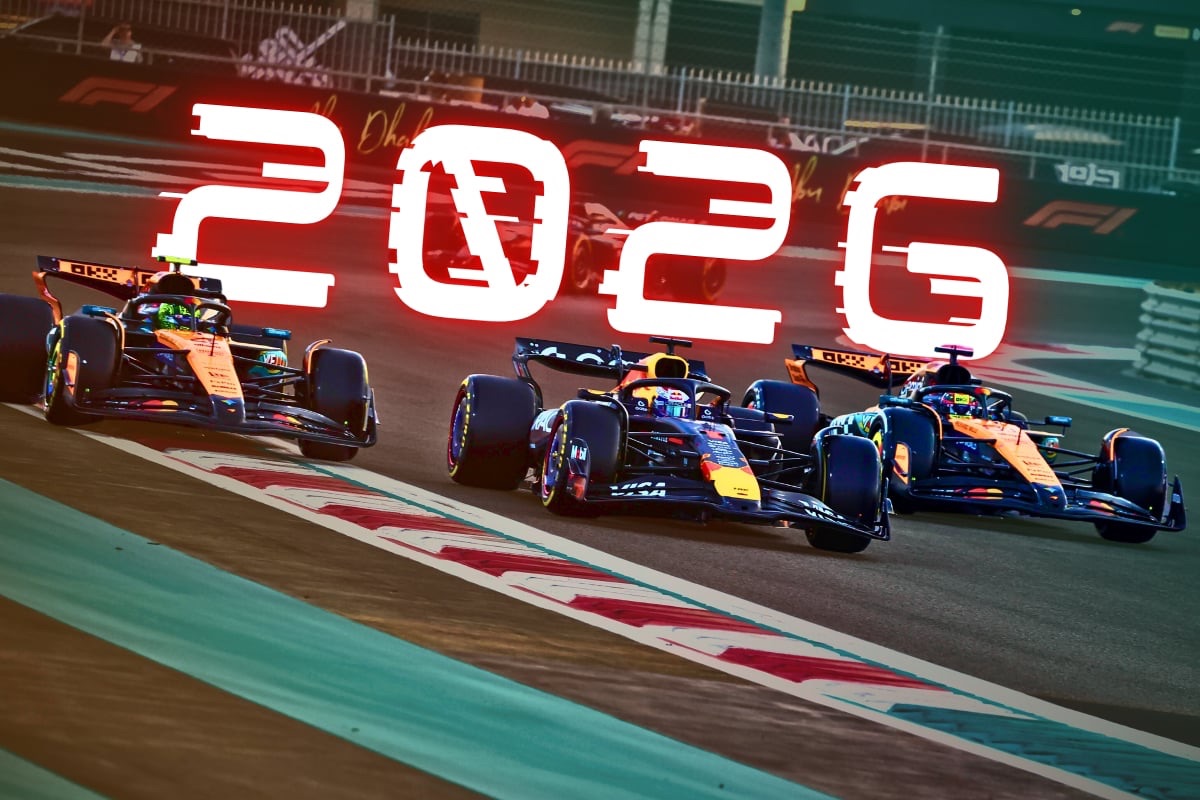George Russell Escapes Major Penalty After Dangerous Pit Release at Austrian GP
A tense moment during qualifying at the 2025 Austrian Grand Prix nearly ended in disaster for Mercedes driver George Russell, as he was dangerously released into the fast lane during Q3—barely avoiding a collision with both Ferrari cars. The incident, which Russell later referred to as a “Mexican stand-off,” sparked swift investigation from the FIA and raised serious safety concerns within the F1 paddock.
As the final qualifying session got underway at the Red Bull Ring, Russell’s car was released prematurely from the Mercedes garage, just as the two Ferraris of Charles Leclerc and Carlos Sainz were thundering down the pit lane. The sudden release caught many by surprise and was immediately flagged by race stewards as a potential case of “unsafe release into the fast lane without leaving a suitable gap.”
Fortunately, the situation didn’t escalate into an accident. Still, the FIA took the matter seriously, launching a full review of the footage, as well as analyzing radio communications between Russell and his pit wall. After their investigation, the stewards issued a formal reprimand to both George Russell and the Mercedes team—one of the least severe punishments available but still an official mark on their record.
Mercedes did not dispute the ruling, acknowledging that there was a lapse in communication during the hectic Q3 session. In high-pressure moments like qualifying, especially in the tight confines of the Red Bull Ring’s pit lane, precise timing and coordination are vital. In this case, the team admitted that their instructions to Russell could have been clearer, potentially preventing the risky release.
Russell, speaking after the session, explained that the incident was a result of split-second confusion. He had tried to communicate with his race engineer just before the release but inadvertently released the clutch too soon, causing the car to lurch forward unexpectedly.
“In these situations, you can’t always rely on your mirrors. There are blind spots, and so much depends on the team’s instructions,” Russell told Sky Sports F1. “Everyone’s trying to get out at the same moment—it turns into this kind of Mexican stand-off where you’re waiting, but can’t wait too long either. It was unfortunate, but no harm was done.”
Despite avoiding a more severe penalty, this isn’t the first time Russell and Mercedes have been involved in a pit release controversy. A similar scenario unfolded during the 2024 Japanese Grand Prix, when Russell was released directly into the path of Oscar Piastri’s McLaren. On that occasion, the FIA deemed Mercedes responsible and imposed a penalty on the team. The repetition of such incidents has not gone unnoticed, leading to increased scrutiny of the team’s pit procedures.
Though the reprimand carries no immediate sporting consequences—such as grid drops or fines—it serves as a warning to the team and a reminder of the razor-thin margins in Formula 1. With cars often separated by mere hundredths of a second and pit lanes becoming high-risk zones during busy qualifying sessions, a moment’s misjudgment can have severe consequences.
The FIA emphasized the importance of safe releases, noting that had the Ferraris been slightly closer, or had Russell accelerated a split-second earlier, the outcome might have been much worse. Given the potential for serious accidents in these situations, race officials continue to urge teams to improve communication and minimize risk.
For Russell, the incident ultimately ended without major fallout—but the message from the FIA is clear: even in situations where nothing happens, the threat alone is enough to demand accountability. As the season continues, both Mercedes and their British driver will be under increased scrutiny during future pit stops and qualifying sessions.
The Austrian Grand Prix may have dodged a crisis this time, but in Formula 1, the line between routine and catastrophe is always perilously thin.



